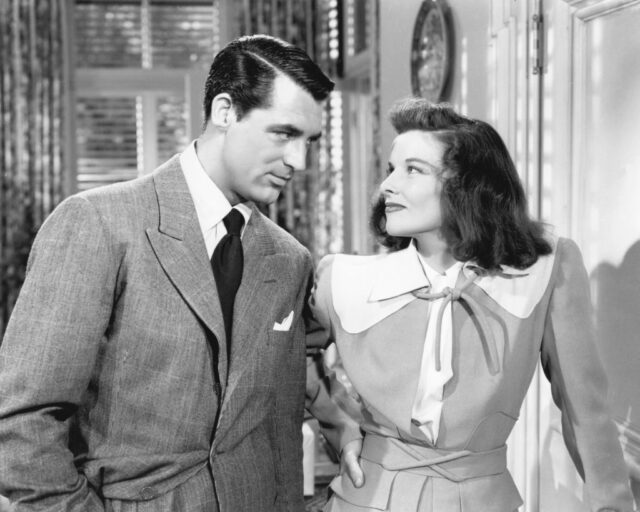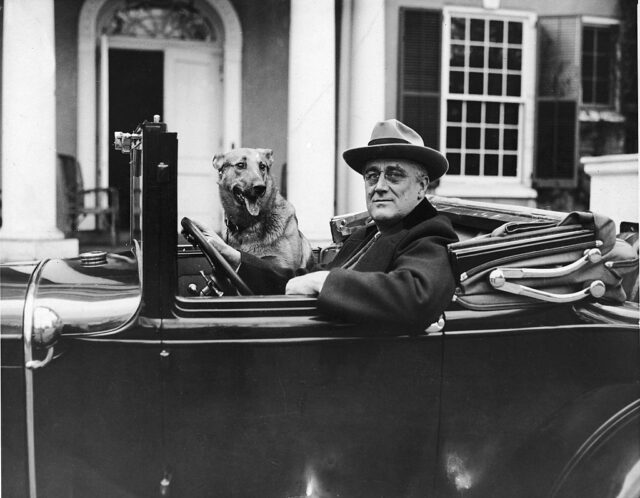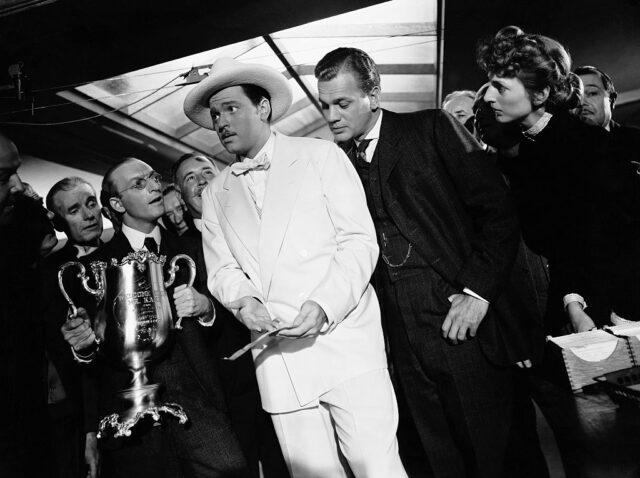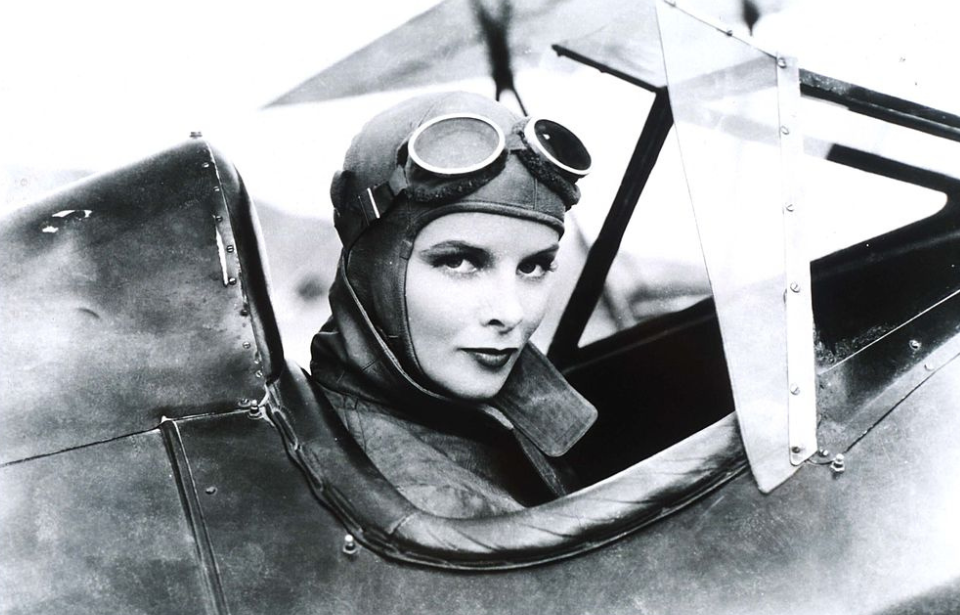Have you ever wondered why Katharine Hepburn, Cary Grant, and US President Franklin D. Roosevelt all had the same accent, despite the fact they were born in very different locations? The reason is simple: they were all consciously speaking with a mid-Atlantic – or Transatlantic – accent.
This way of speaking quickly took over Hollywood, and was even common among politicians, before quickly falling out of favor following the Second World War.
Being mid-Atlantic

The mid-Atlantic accent sounds as if British and American English had a child. It’s a strange mix of both, with certain linguistic elements being overtly obvious. These were generally aspects borrowed from England, such as dropping the “r” at the end of a word, in favor of “ah,” and pronouncing “wh” as “hw.” Mid-Atlantic speakers also used a slightly softened pronunciation of British vowels, particularly in the way they said “a” as “ar.”
Although the accent was used heavily in Hollywood, it actually originated in the American theater scene, where actors would have to imitate a British accent. To do so, they’d use an accent called World English, which could be considered an early version of the mid-Atlantic accent.
Some have theorized that it popped up prior to this, in the early 1900s, because radio broadcasters needed to enunciate their words to be heard through the static.
Why a fake accent?

Regardless of its origins, this way of speaking crept into school systems, and eventually became the standard form of diction for young, high-class Americans who were learning how to speak “properly.” It was predominantly used by the rich and well-to-do on the East Coast, but it certainly spread throughout the country, to a degree.
Why did Hollywood latch onto the accent so strongly if it wasn’t even nationwide? The main reason was it made films somewhat ambiguous, in regard to their geographical settings. Were they based in England? America? The audience could decide. Not to mention, it was easy for most English speakers to understand, and was considered to be very high-class.
The industry eventually reached a point where all actors hoping to make it in Hollywood had to be able to speak this way.
Gone in the blink of an eye

There’s no apparent reason why the mid-Atlantic accent disappeared, but it’s clear that, by the end of the Second World War, it was in decline. Some linguists think it could be related to the rejection of classicism that was happening throughout the country, with an emphasis put on the positives of being an “everyday American.”
This, however, is just one theory and has never been proven. What is clear it that people simply stopped speaking with this fictitious upper-class accent, and, instead, began talking with much more clearly-defined regional dialects – think Bostonian.
Hollywood took a little longer to change, with this style of speaking found in films well into the 1950s. As with the general public, however, it eventually disappeared, and in its place came an accent much more similar to the “American” that’s around today.
More from us: Bill the Butcher: The Man Who Inspired the ‘Gangs of New York’ Character
The only evidence to show that the mid-Atlantic accent once swept the country are old Hollywood films and speeches from politicians who also adopted this unique way of speaking.
